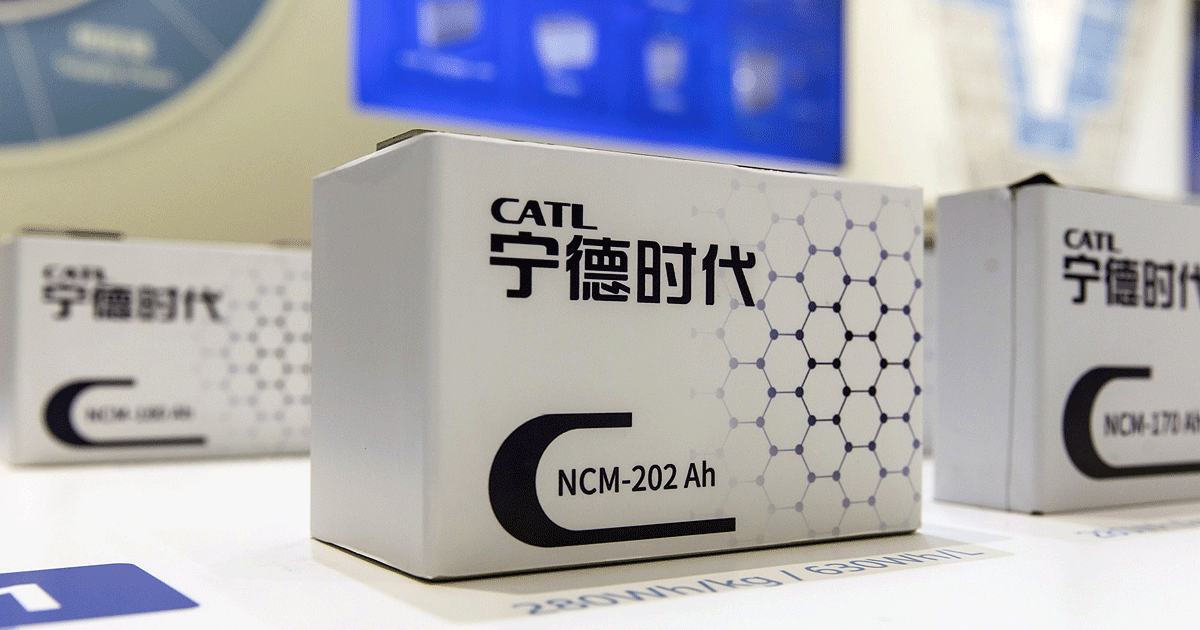Backed by China’s strategic push into electric cars, CATL is riding a boom in demand for EVs as countries work to reduce carbon emissions and consumers embrace cleaner vehicles. The company, which completed an initial public offering in 2018, controls more than 30 percent of the global EV battery market.
CATL has been contemplating a battery plant in the U.S. for years, but rising geopolitical tensions between the U.S. and China have complicated the effort. It’s also under competitive pressure to speed a decision as rivals such as LG Energy Solution, Samsung SDI Co. and Panasonic Holdings Corp. ink deals with automakers to build battery plants in the U.S.
The U.S.-Mexico-Canada Agreement on trade, negotiated under then President Donald Trump, further complicated CATL’s plans by introducing higher wage requirements for light vehicles to trade duty-free, along with stricter content rules. A CATL site would help Mexico, which has long been a major part of the auto industry’s supply chain, cement its role in the region’s electric vehicle production.
CATL could opt to manufacture battery cells in Mexico and then ship them to Kentucky to be assembled into battery packs. In 2020, the Chinese battery giant purchased a former RR Donnelley & Sons Co. printing plant in Glasgow, Kentucky, and formed a subsidiary in the state, documents show. In April 2021, it hired Charles Huang, a manufacturing executive, to be chief executive officer of the project, according to his LinkedIn page.
Huang’s LinkedIn page says his mandate is to “establish corporate structure and strategy for CATL manufacturing project in North America.”
A spokesman for Kentucky’s economic development agency declined to comment on CATL’s plans in the state.
An expanded presence in North America could unsettle U.S. officials who are keen on supporting domestic suppliers. President Joe Biden is allocating billions to cultivate the US battery supply chain and wean the auto industry off its reliance on China, but those efforts will take years to come to fruition through American startups and partnerships with Korean and Japanese companies.


